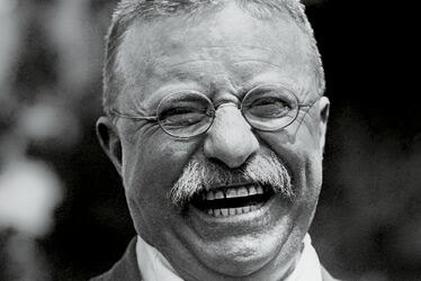 Teddy Roosevelt: Spoke softly, carried a double row of teeth.
Teddy Roosevelt: Spoke softly, carried a double row of teeth. There are numerous examples of the use of this phrase to be found, compiled, and analyzed, so it’s going to take a little while.
But I wanted to take a moment before my analysis is complete to immediately relay an important finding: Teddy Roosevelt, 26th President of the United States, was described in the newspapers as having a “double row of teeth.”
A story reacting to an editorial about Roosevelt tips us off about his incredible teeth (Amador Ledger, December 16, 1904):
“All through his marvelous message the chief gentleman of the land, as the “elected president,” magnifies his accidental predecessor. It is the same stale and unprofitable stuff over and over again and again. Always short on common sense and the manners becoming his office, and long on uncommon impudence, chiefly about the “cravens,” “cowards” and “weaklings,” who don’t care a continental nor a colonial curse for him, his “big stick,” his double row of teeth, or ferocious mouth. He cannot care less for them than they do for him, nor have a worse opinion of them.”
How's that for a Nephilim smoking gun?
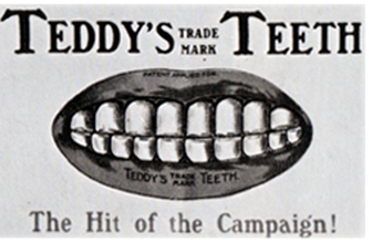
“The manufacturer of faker’s goods gave a rush order to some factory and placed on sale one day in New York City thousands of sets of “Teddy teeth.” They were of wood, of mighty size, like little tombstones in a double row, bared by the grin of tensely drawn red wooden lips.”
A metal version of “Teddy’s Teeth” that included a whistle was a popular campaign novelty item during his 1904 re-election campaign, and is still a collectible today.
If you remember from my previous post, President Millard Fillmore and his daughter were also described as having a “double row of teeth.” I look forward to seeing how giantologists and Nephilim enthusiasts incorporate these new data points into their interpretations of America’s ancient past. I suppose it is possible that use of the phrase “double row of teeth,” may not always describe the presence of multiple, concentric rows of teeth associated with a quasi-supernatural lost race of giants. It looks like it could be just way to describe the presence of a mouth full of teeth. Hmmm. What do you think, giantologists? Are we on to something here?
Sarcasm aside . . . nah, I can't put sarcasm aside. Sorry.
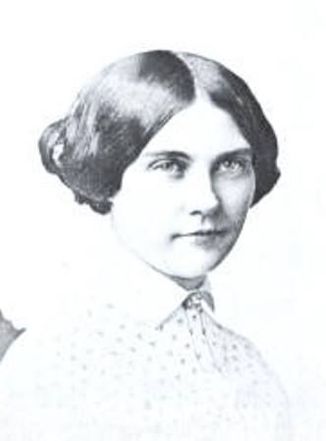
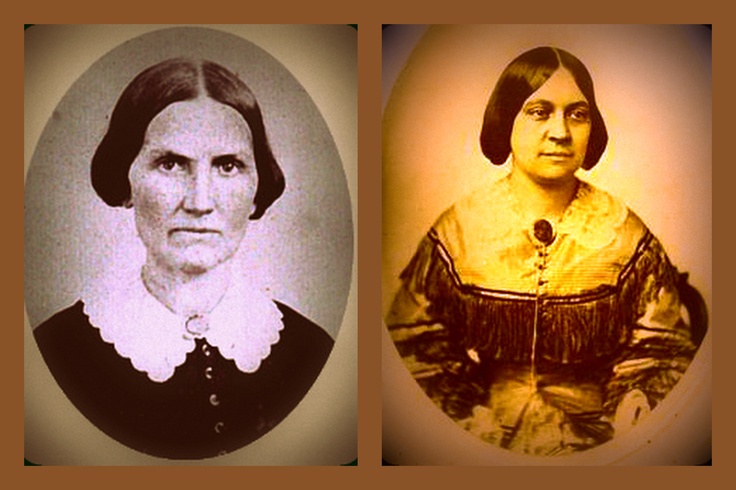
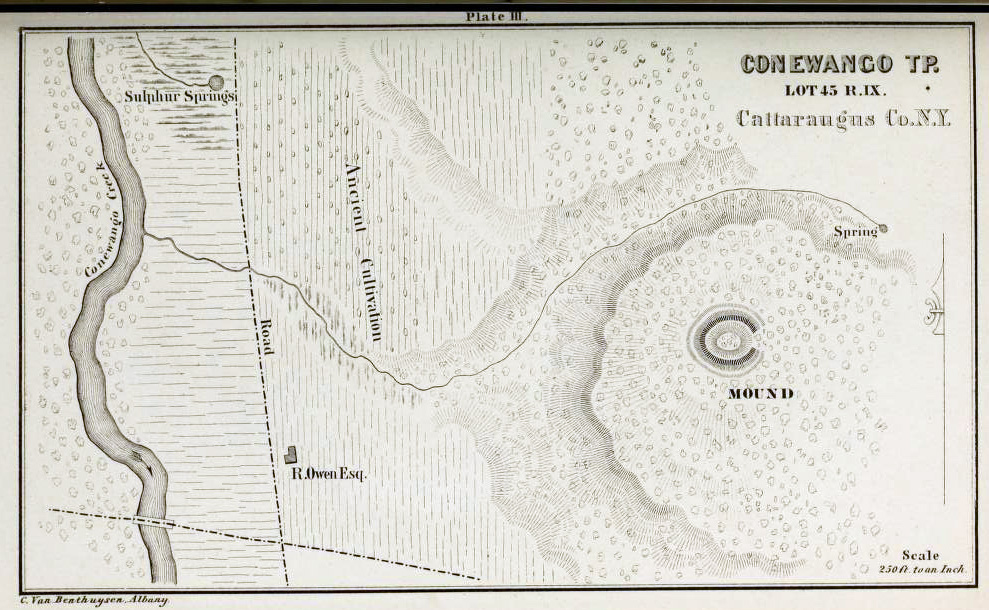
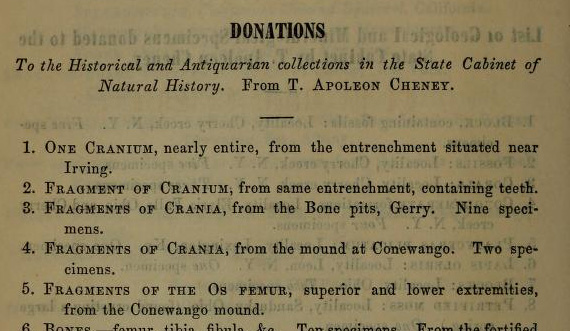
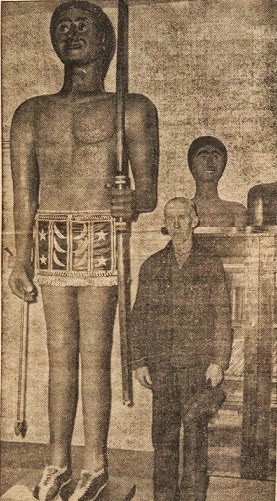


 RSS Feed
RSS Feed
